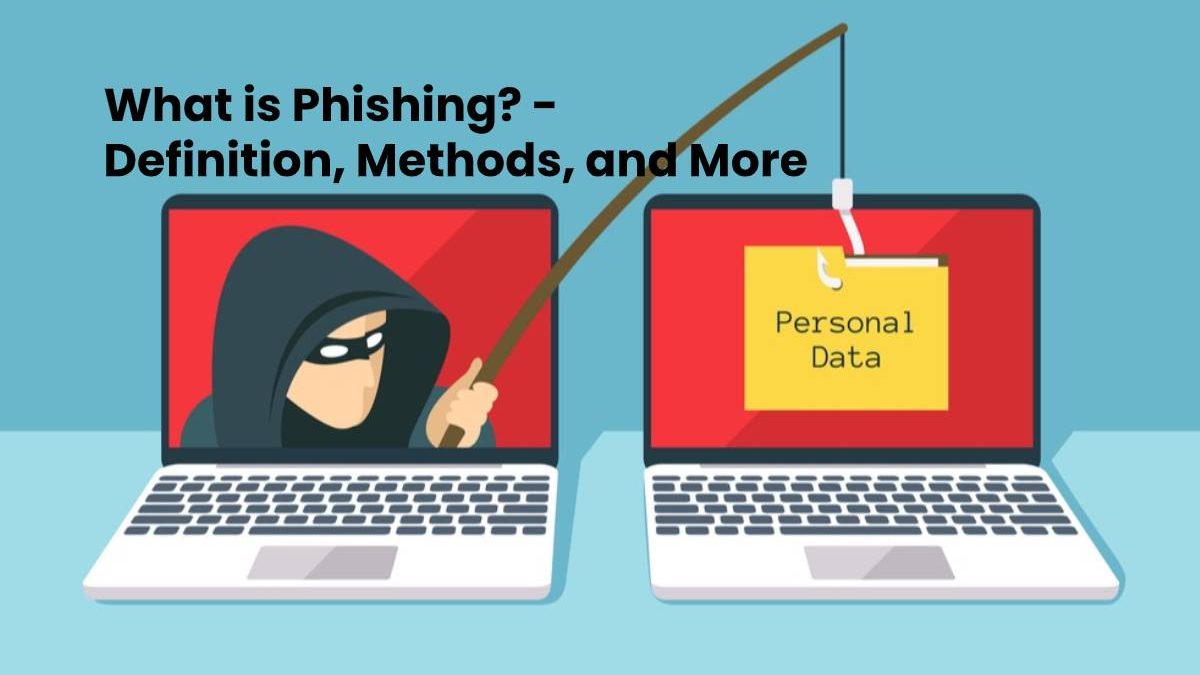Phishing Definition
Phishing describes the attempt to steal identifiers and passwords via the Internet by sending fake emails or SMS.
Cybercriminals trap Internet users to fake websites of banks, or online shops using deceptively fake emails to get their user IDs and passwords.
The stolen data is used, for example, for account looting or hacker attacks on companies.
And also, The aim is to illegally “catch” access data from Internet users and to use it for criminal acts to harm the user.
Also Read: What is SSL (Secure Socket Layer)? – Definition, Uses and More
What are the methods used for Phishing?
The most common methods used in phishing depends on the mass sending of emails with fake content.
- The emails designed in such a way that they come as close as possible to the original emails from banks, or other internet platforms, sender addresses, and customer approach.
- And also, The recipient asked in the email to click on a link contains in the email and to enter his access data there.
- The link leads to a forged login page of the attacker. This page modeled on the original page of the internet platform.
- If the recipient considers the e-mail to be genuine and enters his or her data on the fake website, the phisher owns his access data and can use them for his purposes.
What is the Protection against phishing attacks?
- To protect yourself against phishing, in addition to technical protective measures, healthy caution in handling e-mails and entering access data in the network.
- And also, It is generally not advisable to click on links contained in e-mails and to enter personal data on the pages accessed.
- There you can verify whether the page accessed uses a valid certificate from the respective provider.
- Login pages should always open directly from the address line of the browser. It is often possible to recognize phishing emails directly from their content.
- A personal address with names or other customer data is usually missing. Poorly made phishing emails are also noticeable due to deficiencies in the spelling and urgency of the address.
Also Read: What is TAN [Transaction Aunthentication Number]? – Definition, and More

